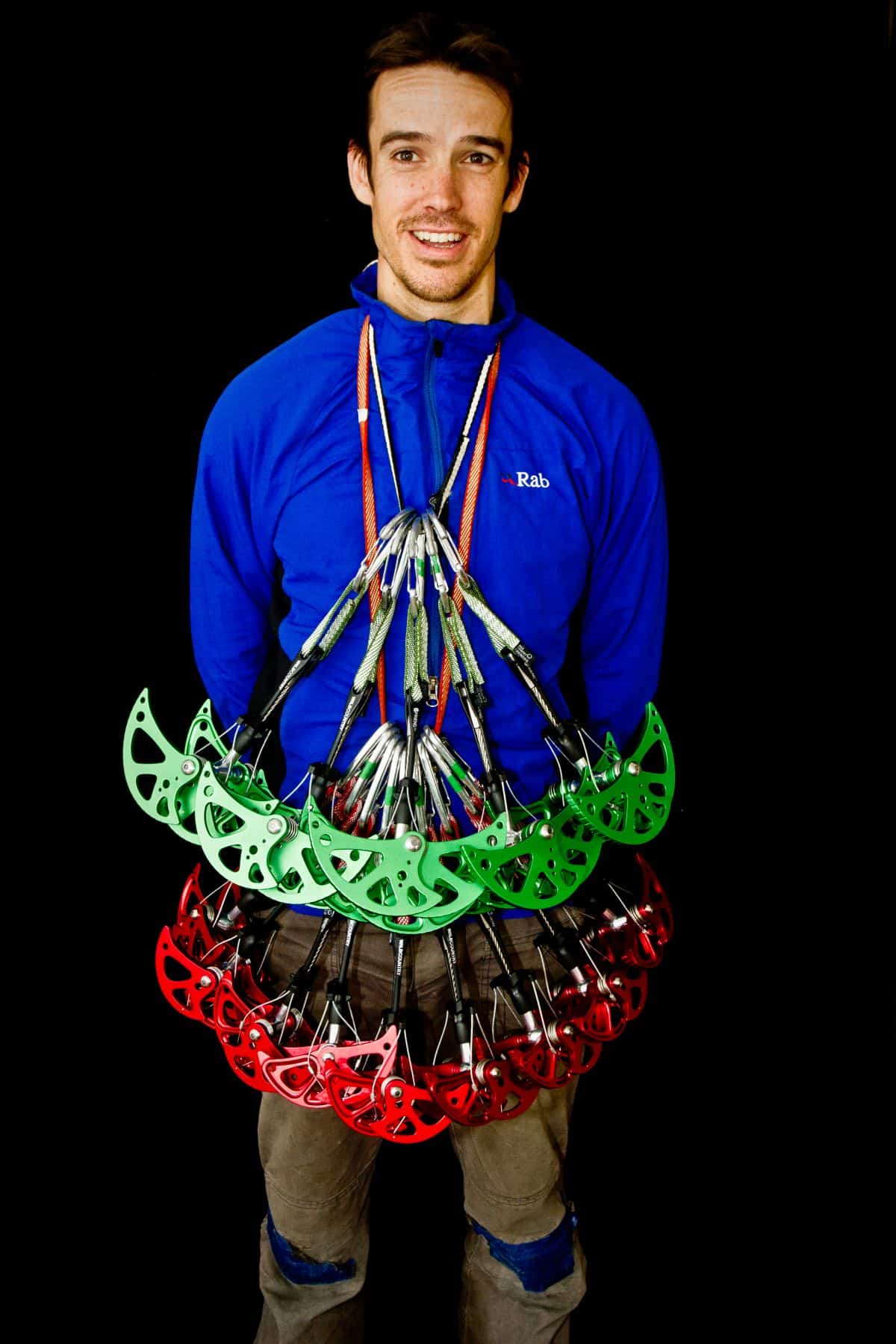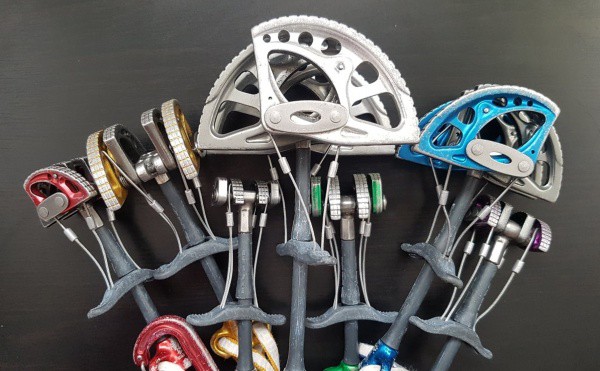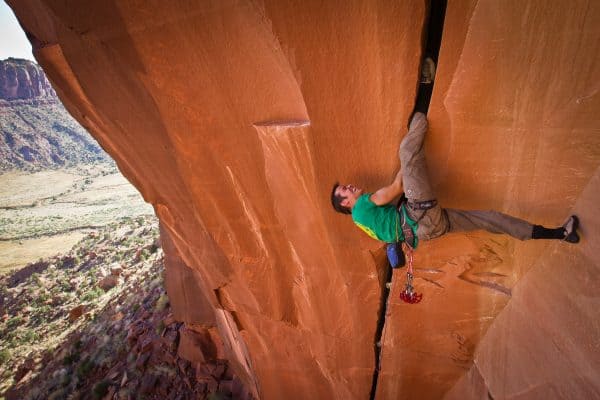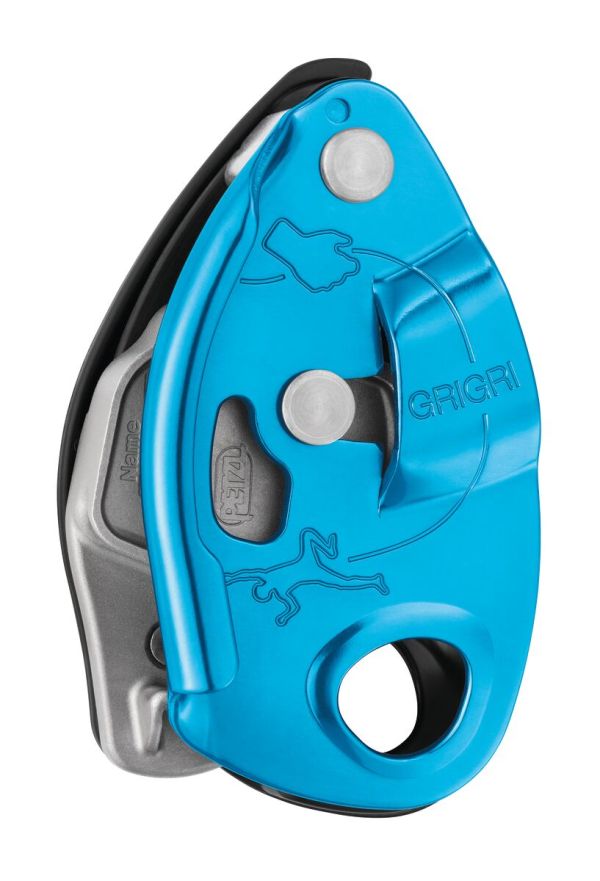Joe shares advice on how to choose the right nuts, cams, slings and karabiners for your first trad lead rack.
First Trad Rack
With the enormous range of climbing equipment being manufactured today knowing where to begin with your first trad rack can seem a bewildering task.
A huge amount of information is available online but there really is no substitute for visiting a specialist independent retailer for advice and to make your purchase. The best independent outdoor shops will be staffed by active climbers and mountaineers, often with huge amounts of personal experience, who know what works for them and are up to speed on the latest technological developments.
The reality of outdoor retail for independent businesses has changed significantly with the continuing growth of online competition and consequently, many independents are pushing back by streamlining their ranges and only choosing to stock products which they believe represent the best quality, value and performance. In summary, buy your rack from them, whatever your budget, and you can’t go far wrong. We recommend Outside in Hathersage.
What to buy
The cost of climbing hardware can quickly add up but the good news is a relatively simple rack is all you need to get started on rock. Rather than buying everything at once, a good idea can be to build your rack up over time or even share the cost with a regular climbing partner. And take advantage of the many multi-pack deals offered by manufacturers as these often represent excellent value for money
As a general rule avoid second hand purchases for anything involving ropes, tapes or slings. Some climbers are happy to buy used metal hardware, but any items should be inspected thoroughly before use in anger at the crag.
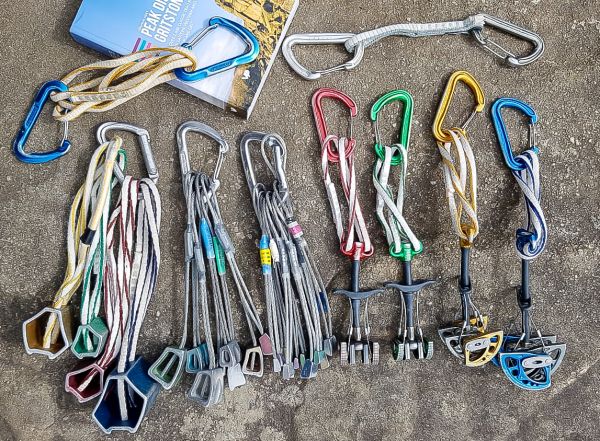
Trad Climbing Rack
Nuts
The mainstay of any trad rack, nuts are passive protection (no moving parts) and are also commonly referred to as wires. They are wedge shaped pieces of alloy designed to fit into tapering cracks and most climbers in the UK with own either Wild County Rocks or DMM Wallnuts, or both! (Alex likes Rocks, Hati likes Wallnuts!). A set of around 1-10 racked on a snapgate karabiner is ideal. Add some DMM Offsets for those flared gritstone cracks. And don’t forget a nut key.
Hexes
Hexes are essentially 6-sided passive protection. They can be arranged in such a way as to twist or cam in place, thereby offering a degree of protection in more parallel sided cracks where a conventional nut wouldn’t fit. Best bought in sizes bigger than a number 10 nut, they can be very useful for wider breaks and cracks often found on easier routes as well as rigging bottom ropes where using a cam may not be appropriate. Again, widely available as a set in multipack deals. Rack on a snapgate.
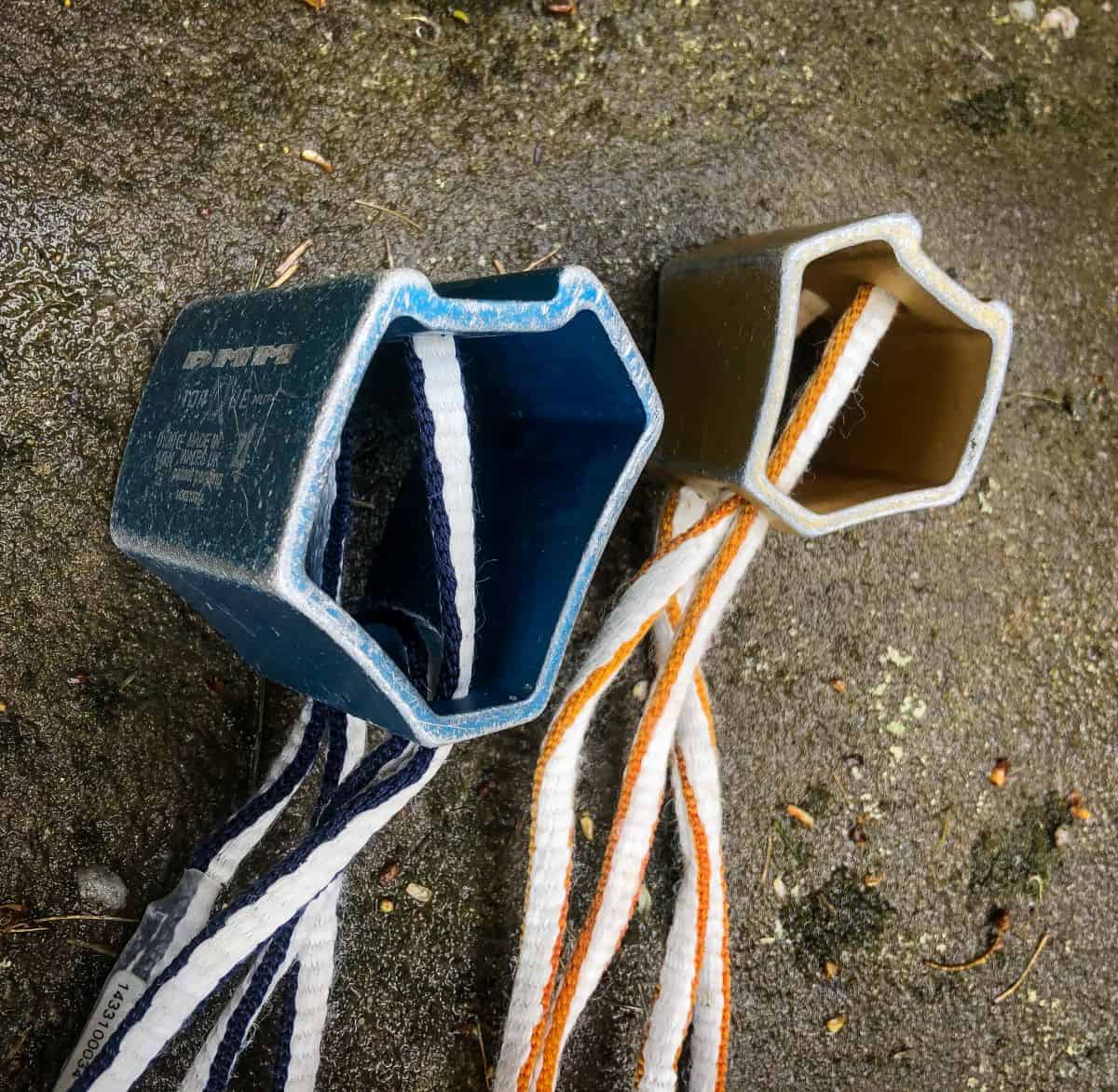
DMM Torque Nuts
Cams
Cams (first produced by Wild Country as Friends) are active protection (moving parts) designed to fit into parallel sided cracks. Other popular models include DMM Dragon Cams and Black Diamond Camalots. Look out for features such as double axels (greater camming range and passive strength) extendable slings and thumb loops. Go for small, medium and large each racked on its own (colour coded?) snapgate.
Read Hati’s article on how to clean your cams https://www.beyondtheedge.co.uk/how-to-clean-your-cams-for-rock-climbing/
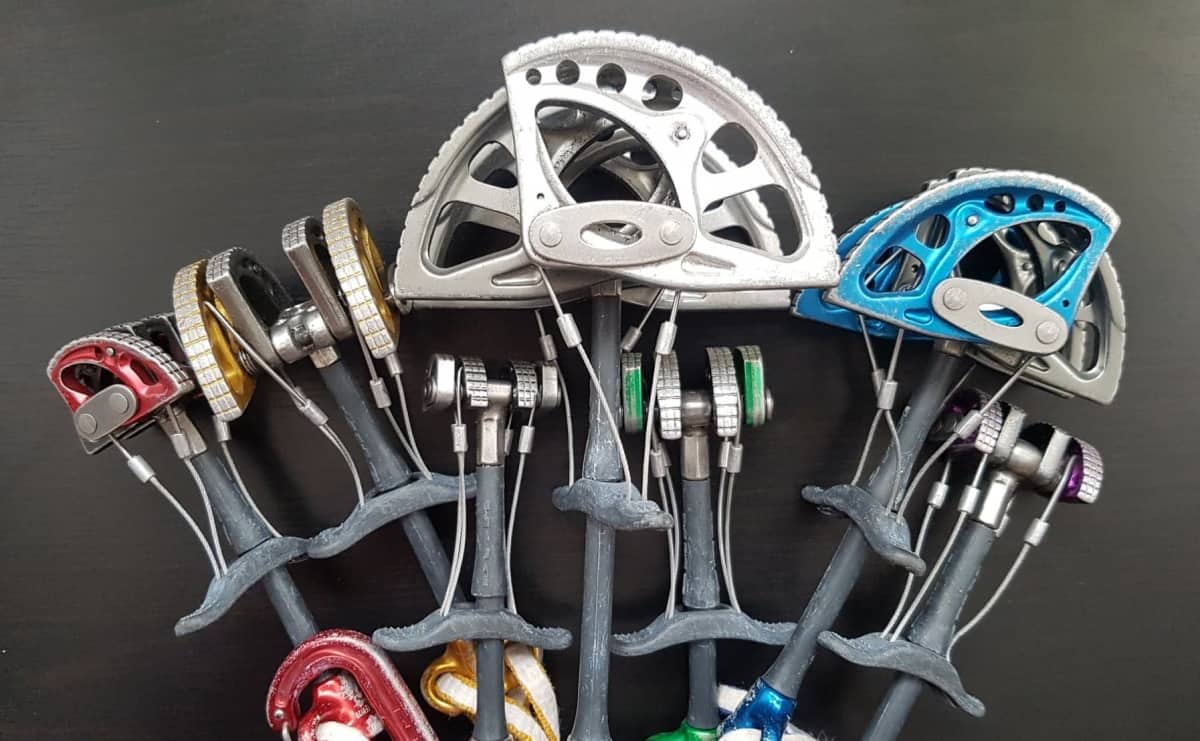
DMM Dragon Cams
Slings
Easily forgotten as they are less glamorous than the shiny metal things, but really useful for treads, extending and loping over spikes and blocks while setting up belays.
Slings are generally available in two popular materials, nylon and Dyneema.
Nylon is bulkier and heavier, but with a little stretch and a higher melting point arguably offers an extra degree of safety with respect to lowering impact forces on anchors and any kind of very dangerous, moving contact between ropes and slings.
Dyneema is thinner and lighter but has no stretch and a lower melting point. This means a dynamic load on the sling will generate higher impact forces on the anchor than nylon, and a moving rope crossing a sling will quickly generate enough heat to melt through it.
Slings are useful for loads of things and 2 x 120cm and 1 x 240cm will cover most situations. Around 11mm is a good general thickness being not too bulky and relatively ok to unknot after loading.
Another popular option with Beyond the Edge instructors are the Beal Aramid slings.
Quickdraws
Really, there are two choices when it comes to quickdraws – sport or trad.
Dedicated sport climbing quickdraws with will generally have a thicker, stiffer, fully sewn sling connecting the two karabiners. The karabiners themselves are often more substantial and robust, soild gated and with a clean nose (no notch where the opening end of the gate meets the main body of the krab) for ease of clipping and unclipping. The extra bulk and stiffness of a sport draw makes them less suitable for trad climbing, where saving weight and preventing runners from lifting out are important considerations.
Trad climbing quickdraws are lighter weight and less stiff than sport draws. The connecting slings will be thinner, lighter and only part sewn to give good freedom of movement for the rope. To save weight the karabiners may be wire gated and generally slimmer. Their slimness means trad draws can be uncomfortable to grab and get chewed up quickly at a sport crag, while their lack of stiffness can result in spinning krabs or fumbled clips.
Of course, there are many climbers who happily use the same set of quickdraws for both trad and sport. Of more relevance for us is buying a selection of lengths to give plenty of options when extending runners – 5 short, 5 medium and 2 long would work well. A couple of 60cm sling draws can also be helpful for a multitude of uses – finding more about them is your homework…
Locking Karabiners
Screwgates are the most common type of locking carabiner and a good all round bet. Pay close attention to shape; 2 D-shaped and 1 HMS/pear shaped krab for each climber will together give you enough for most situations, including rigging bottom ropes.
Belay Device
SO much choice. The bottom line is to make sure it’s compatible with your ropes diameter. And be aware, some are slicker than others and therefore less suitable for climbers new to belaying. We use the DMM Pivot or Mantis.
Rope
A 9.5mm-10mm x 50m single rated rope is ideal to begin with. This gives a good balance between weight and durability. Specialist, lightweight triple rated ropes are also available but these are often thin and require careful handling when belaying. Dry treated ropes tend to last a little longer than non dry, but are more expensive.
Useful extras
2 Prusik loops are handy for protecting yourself when abseiling or rigging at the top of a crag. You should get 2 from 3m of 5mm/6mm cord.
An adjustable lanyard, again to protect yourself when rigging or clipping into a belay at the top of a sport route. Popular models include the Petzl Connect Adjust and the Kong Slyde.
A 20m/25m length of static rope, for rigging top and bottom ropes.
Rope protectors (alternatively use coats and bags).
Joe
Beyond the Edge Ltd is based in the Peak District, easily reached by train from London and within easy travelling distance from Sheffield, Manchester, Leeds, Nottingham and other Northern towns and cities.
We are one of the UKs most experienced providers of climbing, walking, scrambling, mountaineering and navigation training courses. Most of our courses are run in the Peak District National Park which has some of the finest rock climbing, bouldering, walking and hiking in the world.

